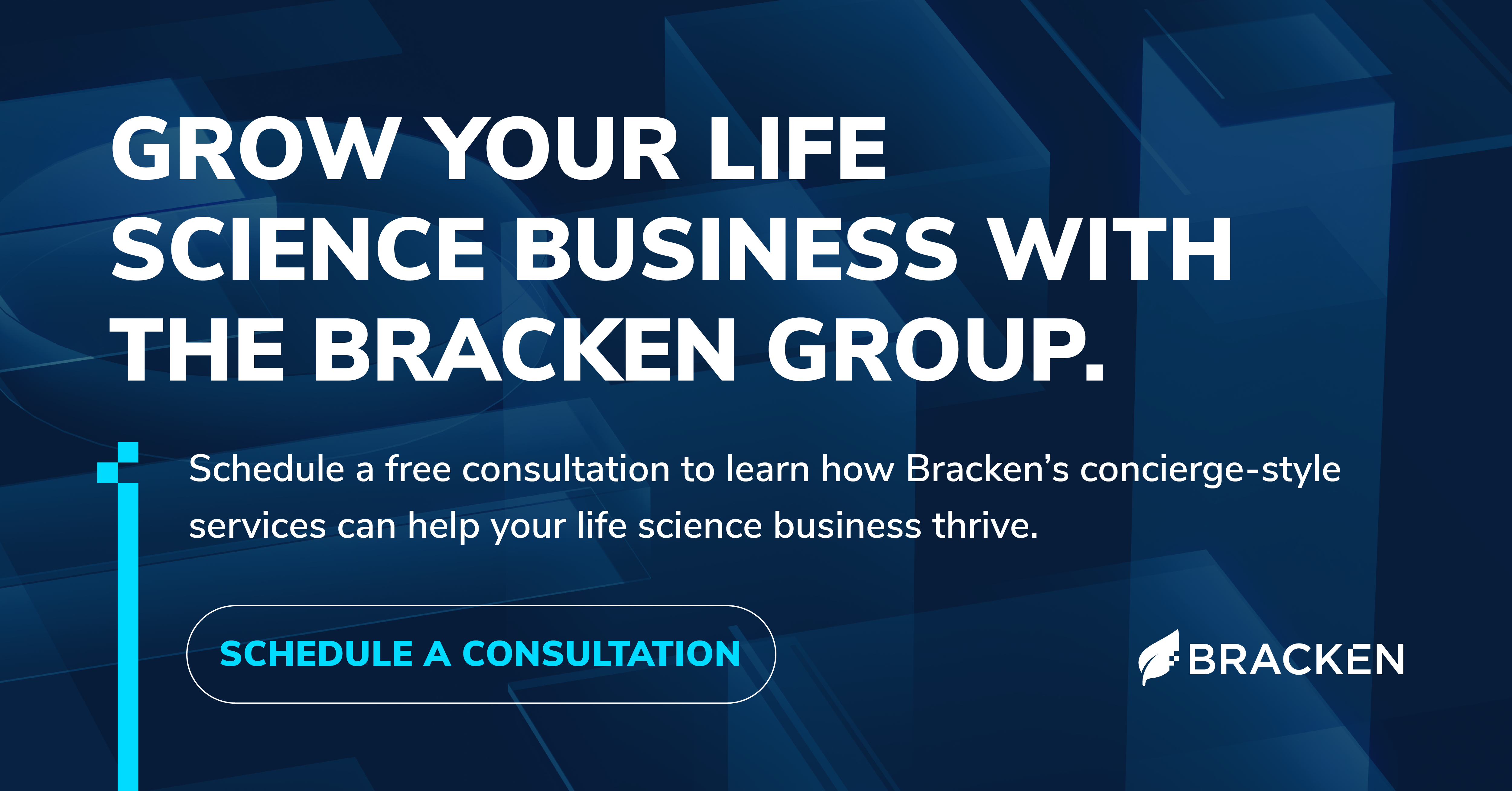Biotech Investors: Who They Are & What They Want
Sasha Reanier
 Jim Gilligan, PhD, MSIB, is a scientist, entrepreneur, executive, and business development specialist who has co-founded and helped lead multiple bio-pharma and bio-tech companies, including Tarsa Therapeutics, Herborium Inc., and Unigene Labs, where he oversaw the entire spectrum of drug development activities, including pharmacology and preclinical activities, CMC, clinical Phase I- III, as well as US and international regulatory strategies. Jim is a co-author on several manufacturing and formulation patents and has been featured in journal articles on novel therapeutic peptides and their clinical utility. He has executed numerous feasibility and licensing deals within the pharmaceutical industry, working frequently with investment bankers, venture capitalists, and brokers.
Jim Gilligan, PhD, MSIB, is a scientist, entrepreneur, executive, and business development specialist who has co-founded and helped lead multiple bio-pharma and bio-tech companies, including Tarsa Therapeutics, Herborium Inc., and Unigene Labs, where he oversaw the entire spectrum of drug development activities, including pharmacology and preclinical activities, CMC, clinical Phase I- III, as well as US and international regulatory strategies. Jim is a co-author on several manufacturing and formulation patents and has been featured in journal articles on novel therapeutic peptides and their clinical utility. He has executed numerous feasibility and licensing deals within the pharmaceutical industry, working frequently with investment bankers, venture capitalists, and brokers.
In the unpredictable, high-risk world of biotech investing, we wanted to know what drives biotech investors to invest. Fortunately, Bracken Managing Partner Jim Gilligan, PhD, MSIB, has an extensive history of success in this field, and he provided a treasure trove of advice in a recent interview. We’ve distilled Jim’s investing expertise to highlight practical information, sure to benefit anyone in the realm of biotech investing.
It’s all about the risk
Bracken: Thinking about the people who come in right away, the big risk takers, what sort of
people are those?
Jim: They may have an area of expertise. If we’re talking about cancer, they may understand a particular type of cancer. Because they have a lot of knowledge in that area, they realize the target product profile: What's its mechanism of action? How does it work? How is it different from other drugs? Is it more effective? Is it safer? Perhaps it will be great to use in combination with other drugs?
You look at the target product profile, and if someone's an expert in a particular disease area, they see that value earlier on. They can get an angel investor in at conception, and they may be happy they got in when the share price was one dollar. Then when it gets to eight or ten, they may elect to get out.
Others are agnostic, they just look at areas they think are interesting. Like the area I'm involved in right now, psychedelics for different neuro psychiatric disorders. People want to get involved with the sector because they think it's really interesting. They start looking for groups that might have something unique or distinct. You have some that are billion-dollar groups, and they have their analysts go in and do a thorough review to see if it's something worthwhile. All investors are different.
How long do investors stay in?
Bracken: When investors see results and data indicating the product is working, are they more likely to invest further?
Jim: With some of them, they’re like, I made X amount—I'm happy. And they leave the building. Then other people might come in at that point because they're more risk adverse. They're going to get involved to help fund bigger clinical studies where you'll potentially be able to demonstrate statistical significance and therefore be more likely to have a successful phase three.
It’s a difficult time for biotech right now. The markets are down, so investors are looking for lean companies that are very cash efficient. They want a company that's judicious and mindful, spending the money as if it was their own. They’re looking at: How good is the management? Can they deliver what they're supposed to? Do they have the requisite expertise to do what's necessary for success?
That's how Bracken gets involved. If companies don't have a full regulatory affairs group, they go to Bracken to get that piece. If they don't want to have a full-time CMO because of the cost factor, they go to Bracken and get a partial CMO. Before, when the money came in, they just hired the big staff, with all the big offices, and went to all the conferences. Now that money is tighter, they have to be more creative and try to generate the data and information they need with fewer resources.
Investment trends
Bracken: With investors looking for companies that are going to be more judicious, are there any trends in biotech investment or particular areas of high interest?
Jim: Oncology is always an interesting area. There's CRISPR technology as well. Right now in the psychedelic field, the stigma, to a certain extent, is being removed because you have leading research institutions like Yale, Johns Hopkins, Harvard, and Imperial College doing basic research. You have the FDA granting accelerated review and the NIH starting to look at funding. The clinical potential is being realized in a number of different indications.
You have all these areas that have become really hot. Then investors ask: Who do I want to bet on in that sector? What do they have that sets them apart? What attributes make the company more likely to succeed?
What people don't realize is this: I could have a cure for cancer, but if I don't know how to take that all the way through drug development, through the regulatory process, it's never going to help a person. You really need that fusion of good science and good investment partners. These studies cost millions and millions and millions of dollars. If you didn’t have the investment community and people willing to take the risk, a lot of the science wouldn’t advance. It's no longer back in the day where the NIH funded everything, and you'd write a grant.
How to attract investors
Bracken: What advice would you offer companies looking to attract biotech investors?
Jim: You want to have your elevator pitch down. Be able to convey convincingly why you think what you're doing has value. You also need to understand the competitive landscape: Is there anybody else already in the clinic? Is there something that's similar? What's the target product profile of our product and how does it compare to existing drugs and those in development?
Going back to business school, do your own SWOT [strengths, weaknesses, opportunities, and threats] analysis. Be able to show that you have established IP, along with some preliminary data in an accepted model that’s really sound. You also need to accept money at a lower valuation with the prospect that it will grow.
And, as goofy as it sounds, have a good slide deck, a good presentation. You don’t need a super sophisticated business plan but have a business plan that includes a budget for what studies you need to perform in order to achieve the next key inflection point necessary to progress the program. You should have all those in your pocket.
The other thing that I do, and I call it talking to friendlies, is you go to speak to people who have been in the industry. Sit down and ask: What do you think about the following? Does this resonate with you? Accept constructive criticism, and don't become defensive. Keep an open mind and learn from each and every presentation you make.
It's not just having a great science concept. It’s putting yourself in the investor shoes: Would you invest in the company?
Contact us today to learn more about Jim and Bracken’s team of expert consultants.



.png?width=352&name=Blog%20Headers%20(16).png)

